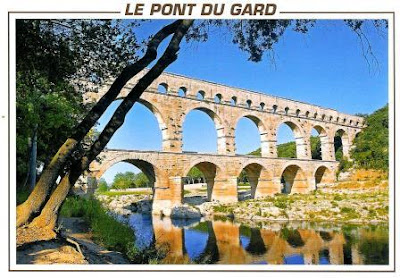I really don't relate castles to Switzerland but because of the cards, I realized that there's quite a few castles in the country worth to visit.
The 1st castle is Bottmingen Castle, the card was sent by Paulo and Óscar sent the Morges Castle card.
© Rud. Suter AG., Oberrieden/Züruch
The moated castle of Bottmingen, a community to the south-west of Basel, is a highlight for all romantics. Dating from the 13th century, it is one of the few such buildings in Switzerland that are still intact.
The first recorded mention of Schloss Bottmingen dates from 1363, when it was owned by the Kämmerer family. These aristocratic servants to the Bishops of Basel are thought to have built the castle. In 1720, Johannes Deucher transformed the castle into an early-Baroque country manor in the French style. Although this structure has been almost entirely preserved, the basic form of the medieval castle is still visible. Today Schloss Bottmingen makes a wonderful setting for weddings, banquets and other festive occasions. - in: https://www.basel.com/en/Media/Attractions/Sightseeing/Castel-of-Bottmingen
© photoglob Zürich
Built by Louis of Savoy in 1286 to oppose the Bishop of Lausanne, Morges Castle was a fortress and a residence of the counts and dukes of Savoy and, later, of the Bernese bailiffs. Morges Castle accommodates the following four museums today : The cantonal Military Museum, The Swiss Museum of Historic Figurines, The Museum of Artillery and The Museum of the Lake Geneva Region police.
Located on the shore of Lake Geneva opposite Mont-Blanc, the Castle is flanked by a round tower at each corner and is a good example of a "carré savoyard" (Savoy fortress). The inner courtyard was raised to the level of the former entrance and the tops of its towers were rounded to make it suitable for 16th century artillery. - in: http://www.morges-tourisme.ch/en/culture-patrimony/museums/morges-museum-castle











































